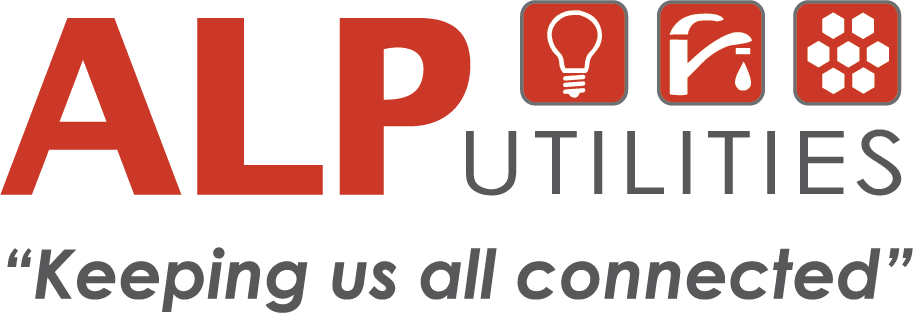Close to 2,000 cities and towns in the U.S. power their homes, businesses, and streets with public power — electricity that comes from a community-owned utility that the local government runs, just like it does its schools and libraries. Each public power utility is different, reflecting its hometown values and characteristics, but all have a common purpose: providing reliable electricity at a reasonable price, while protecting the environment. At its heart, public power is all about hometown decision making that puts customers first — because it is not-for-profit. Community members have a direct and powerful voice in utility decision making.
Public power works. Public power gives back. Public power cares.
How does it work? Public power has survived and thrived in America for well over a century. Citizen-owned public power utilities first appeared more than 100 years ago when communities created electric utilities to provide light and power to their citizens. The number of public power utilities has grown from fewer than a dozen in 1890 to nearly 2,000 today. While many utilities were sold to large corporations during the 20th century, others chose instead to preserve community ownership and local control of power supply.
Public power utilities often have to fight to keep their communities powered affordably and reliably. They push for effective competition in wholesale electric markets so they can get power at reasonable rates for their customers. They struggle to navigate a sea of often conflicting laws and regulations that constrain power supply sources and increase costs. And they must counter and defend against evolving threats to the security of their transmission and distribution grids. Through it all, they keep the lights on, improving lives every day.
How do we give back? Public power utilities have no stockholders and are driven by the singular mission to serve their customers. They measure success by how much money stays within the community through low rates and contributions to the city and town general funds, not by how much profit goes to often remote stockholders. There are no divided loyalties.
Public power residential customers pay about 14 percent lower electricity rates than private power customers, based on national averages. Public power utilities return to their communities 33 percent greater contributions than the state and local taxes paid by private companies.
How do we care? Neighbors look out for each other. That’s the power of community — and the strength of public power. Public power utilities go above and beyond to ensure reliability and serve our customers needs. Public power makes a difference, every day.
